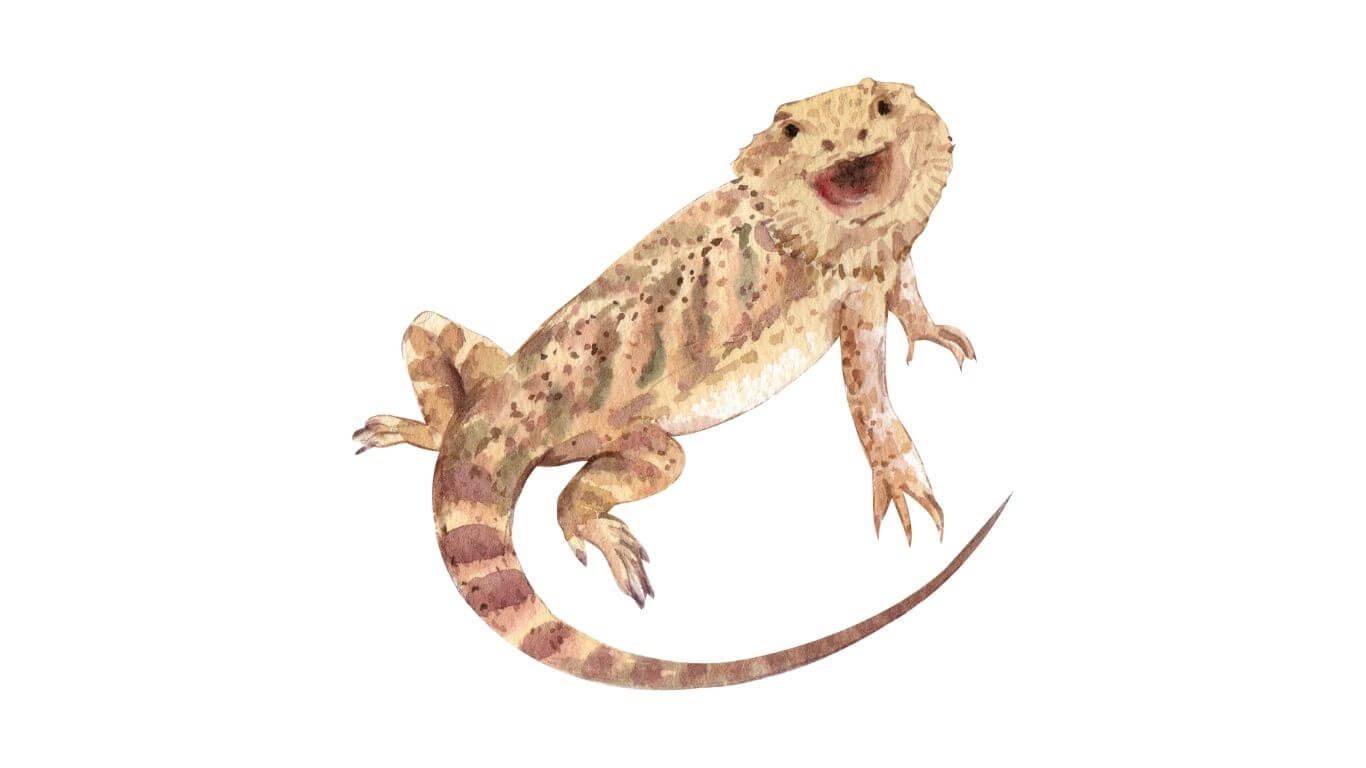
Pet keeping has become popular among contemporary households, with several individuals from all walks of life striving to keep at least one or several pets.
Nonetheless, sometimes these pets may prompt injuries from issues like bites. Let’s take, for instance, a bearded dragon.
These calm yet ferocious-looking lizards don’t always tend to bite their owners.
However, under certain circumstances, they may occasionally bite on individuals resulting in minimal or no injuries depending on the age of these animals.
Why do bearded dragons occasionally bite?
This is usually due to specific events in their lives. The main reasons for this behavior change include:
- Hunger
- Poor handling
- Self-defense
- Poor socialization habits
- Overexcitement, stress, or discomfort
What to do if bitten by a Bearded Dragon
Bearded dragon bites can often escalate a victim’s condition to further medical complications. These include serious infections, among others which can subsequently limit daily activities.
As such, there are steps to take when bitten by a bearded dragon to avoid further injuries. These include:
Maintain calmness
A bite may be painful, especially from the mature group of bearded dragons. Nonetheless, they rarely result in major complications. Indeed, most individuals end up with only mild bruising, sore fingers, or even a tiny cut.
As such, staying calm limits action and reaction effects from stimuli response which could worsen the situation.
Therefore, you should avoid quick responses and handle the situation procedurally by not yanking your finger from the dragon’s mouth by force.
Properly position the bearded dragon’s body
Using your free hand, provide support to the dragon’s body. Find a flat and comfortable place to rest the reptile on before the next step. This support could result in the animal’s jaw unclenching or prevent further clamping down on the specific finger.
Free the bitten finger
Subsequently, still using the free hand, you will gently open the animal’s clenched jaws by slightly and gradually increasing the applied pressure until the bearded dragon surrenders and releases its clamp freeing the finger. The pressure application should gradually increase and not instant to avoid injuring the animal.
Treat of the bite site
These reptiles’ bites are usually harmless, especially if no skin is broken.
However, there are usually some risks associated, such as manifestations of infections in the form of tetanus, small inflammations, and salmonella bacteria transmission.
As such, you can treat broken skin as a minor cut or scratch on the finger. This warrants for initial washing of the area with warm water and antibacterial detergents.
Afterward, you should disinfect the area using alcohol and peroxide, among other healthy disinfectants, to kill any possible remaining bacteria.
Once the site is sterilized, you can apply antibiotic and antibacterial ointment.
Finally, you should apply an adhesive bandage occasionally to secure the area and keep it clean for faster recovery.
What should you not put in a bearded dragon tank?
- Are you supposed to clip a bearded dragon’s nails? - October 21, 2022
- What do you do when you first get a bearded dragon? - October 21, 2022
- What is the best vegetable for bearded dragons? - October 21, 2022
